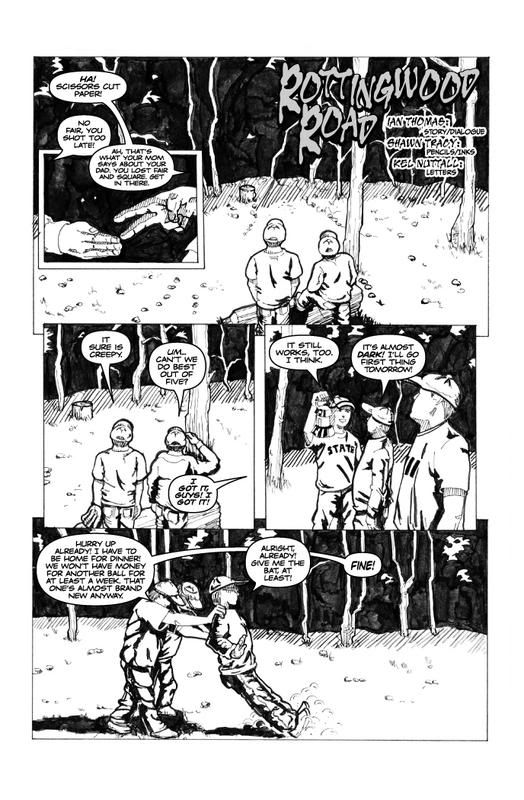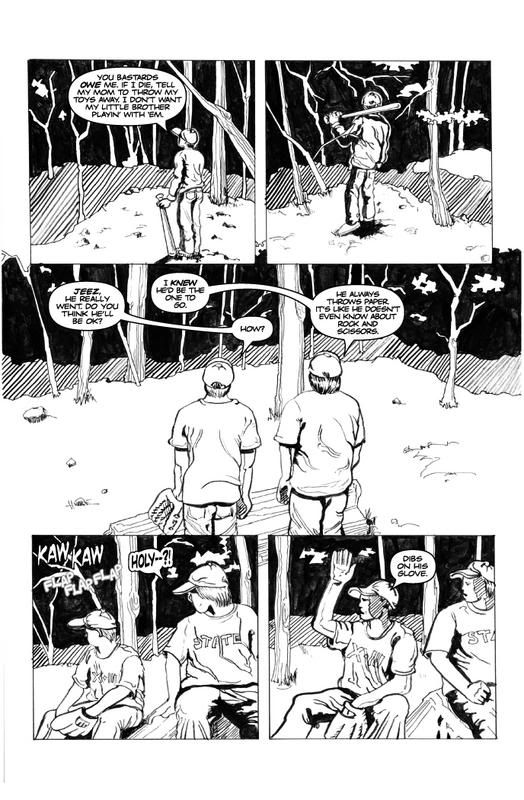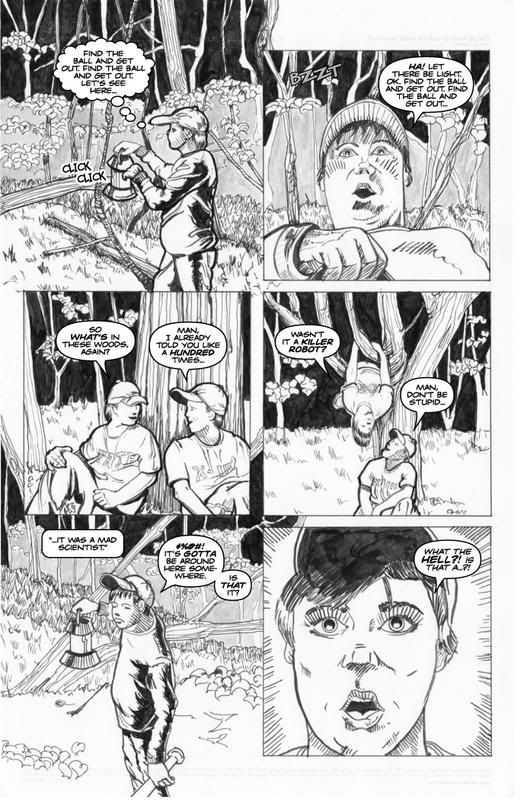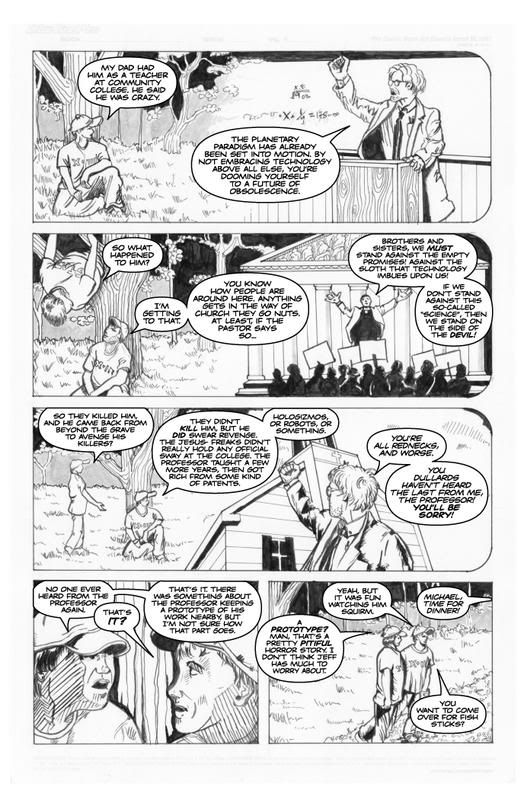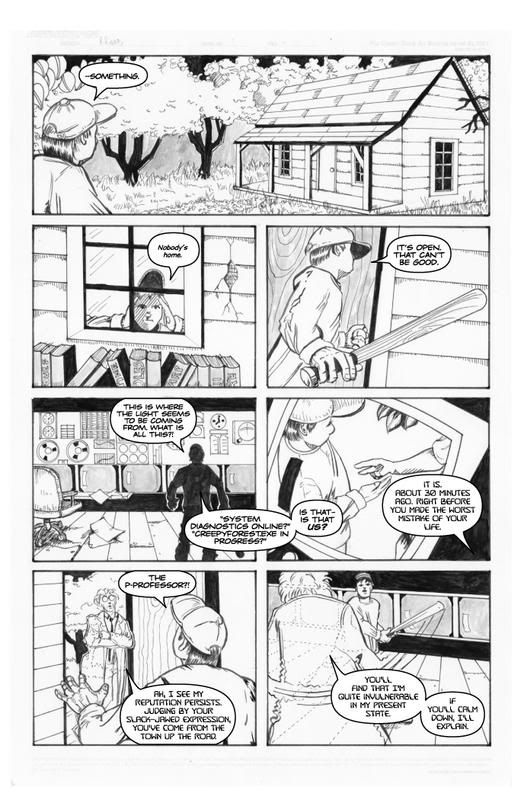Black Panthers Co-Founder, Bobby Seale, talks barbecue: "Revolutionaries eat, too."
Streetfighter IV announced!! Somewhere, Justin Wong's hands are twitching uncontrollably.
Dalai Lama receives highest US civilian honor, China bitches and moans
Wednesday, October 17, 2007
Three Interesting I read today 10/17/07
Posted by
Ian Thomas
at
5:16 PM
0
comments
![]()
Monday, October 15, 2007
Preserving the past (in a climate controlled vault)
Not 50 miles away from me, there rests a hallowed artifact. Detective Comics # 27 (the first appearance of fucking Batman!) was purchased by a local comic book store owner. It's definitely cool that this piece of history has lasted this long and is treated with such reverence. On the other hand, it's a drag that after paying about $250,000, the book probably won't even be put to it's intended use of being read. I regained some hope at the end of the video, when the buyer says he is treating the purchase like that of a fine wine or cigar and wants to savor it.
Posted by
Ian Thomas
at
7:45 PM
0
comments
![]()
Labels: Collectors Items, Comic Books, Golden Age Comics, Historical Preservation, Vintage Comics
Thursday, September 13, 2007
AKIRA Club is finally out!!!!!
Posted by
Ian Thomas
at
5:31 PM
0
comments
![]()
Sunday, September 9, 2007
Album Covers by Comic Book Artists Part 3: The Final (and long delayed) Installment


OK, this is long delayed. I think these were more intensive than I expected them to be. There are still many more album covers by comic artists. I just wanted to talk about my favorites. The last one I want to talk about is the GZA/Genius' Liquid Swords cover by Denys Cowan
The top image is the front cover and the lower image is a detail of the liner notes. This cover works well because it not only is emblematic of GZA and Denys Cowan. It is emblematic of Hip-Hop, itself. On this cover, Cowan incorporates the Wu-Tang sensibility of Chess and Martial Arts with the larger sensibilities of Hip-Hop: fierce competition and survival in the streets. When I first saw this cover the repetitive use of the GZA "G", a variation on the Wu-Tang logo, really solidified the notion that Wu-Tang was something very different. It felt like some kind of strange army instead of just a group of rappers. It felt the same way, when I first saw the X-Men.
Posted by
Ian Thomas
at
6:32 PM
0
comments
![]()
Thursday, August 9, 2007
Album Covers by Comic Book Artists, Part 2
Posted by
Ian Thomas
at
4:47 PM
0
comments
![]()
Labels: art, indie comics, punk
Tuesday, August 7, 2007
Album Covers by Comic Book Artists

 In one picture, Sienkiewicz manages to capture all the recurring themes of the album: sci-fi, blaxploitation movies, comic book excess, and hip-hop righteousness in the face of cultural excess. He juxtaposes the chaos of the gangster lifestyle with the clean lines of the Wu-Tang W, which could be an allusion to the stability that the Wu philosophy brought to RZA's life. It's perfect. His other album work includes EPMD's Business as Usual .
In one picture, Sienkiewicz manages to capture all the recurring themes of the album: sci-fi, blaxploitation movies, comic book excess, and hip-hop righteousness in the face of cultural excess. He juxtaposes the chaos of the gangster lifestyle with the clean lines of the Wu-Tang W, which could be an allusion to the stability that the Wu philosophy brought to RZA's life. It's perfect. His other album work includes EPMD's Business as Usual .
Posted by
Ian Thomas
at
6:33 PM
1 comments
![]()
Tuesday, July 31, 2007
Marvel Essentials
I'd like to briefly lick the chode of the Marvel Essentials series. You get about twenty-five issues of a comic. They're printed on newsprint in black and white. It really doesn't sound good, but it works. I don't know if the words essential and essence are etymologically related, but that's what the Essentials give me. Essence. I can really see the editor's influence when I read them.
Page One: Did the main character survive last month's cliffhanger?
Page Two: Of course he did. Here's why: RECAP ORIGIN, etc
They're cheap and they look pretty decent on my shelf.
It saves the time and energy it would take to track down all the comics, issue by issue. And anyway: As single issues, they just wouldn't be as good. It's nice to sit and read seven or eight issues back to back, without fumbling around.
Anyway, all this fellatio has made my jaw sore and I have that weird taste in my mouth. It tastes like shame.
Posted by
Ian Thomas
at
5:21 PM
0
comments
![]()
Thursday, June 21, 2007
Pros and Ams
Tony Long, the Wired Luddite, has a great piece up today. It's all about the amateur revolution that has emerged from Web 2.0. I think the article interests me so much because it speaks to all my fears, as I try to break into the comics industry. There are plenty of places to get my work seen, but, with everyone going the same route, it would likely get lost in the noise.
The question was asked at the beginning of the Internet, and is increasingly relevant as YouTubes and Blogspots emerge: What is the standard for legitimacy? I have no doubt that a Garage Kubrick is on its way. Right now, it's hard to say whether the Makers of the future will enter the limelight through a blog template or in some other way that has not yet been conceived. I do know that the Internet is a noisy place.
Posted by
Ian Thomas
at
7:14 PM
1 comments
![]()
Tuesday, May 8, 2007
Sequential Suicide: Rottingwood Road
Posted by
Ian Thomas
at
7:03 PM
3
comments
![]()
Labels: Comics, horror, indie comics, webcomics



